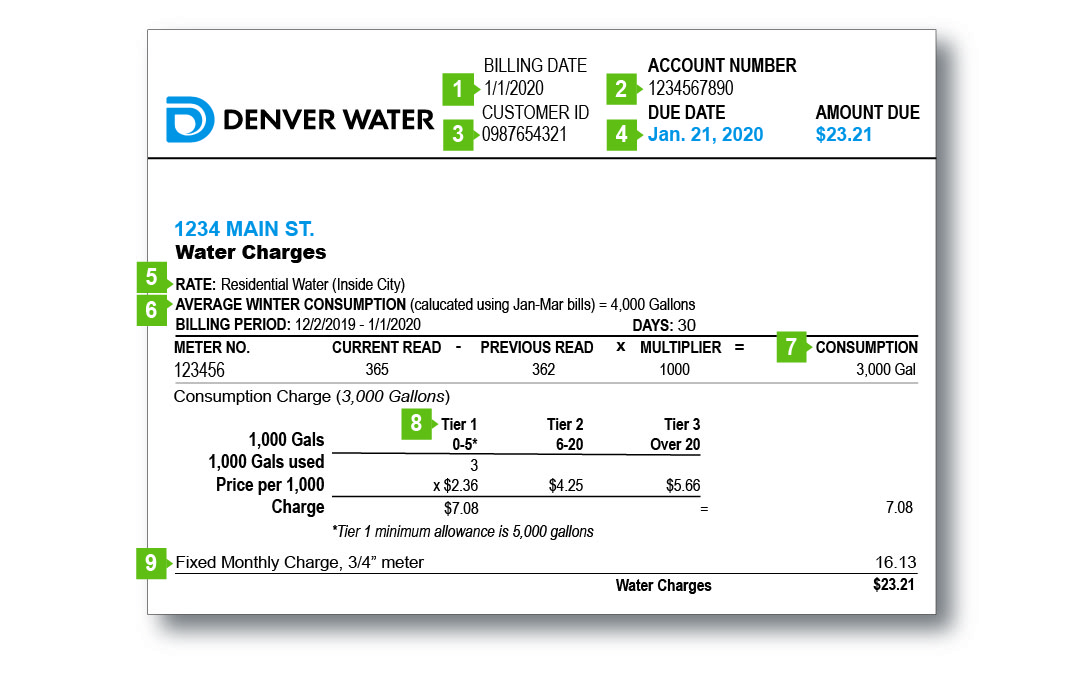If you run a home, you’ll know that water bills can be annoyingly expensive. Often, you wind up paying much more than you ever anticipated.
The question is, what’s driving this? Why are your bills so high, and is there anything you can do about it?
Well, we’d like to think there is. In this post, we explore some tips for reducing your water bills and getting your finances back under control. Some of the advice we provide are things you can do immediately, while other strategies require a little more planning. Combining them should hopefully reduce your costs and allow you to make your home more sustainable.
Take Shorter Showers
Our first tip is to take shorter showers. Cutting the amount of time you spend washing yourself in the morning should reduce the amount of water you consume.
Many homeowners believe showers are a more eco-friendly approach than taking a bath. But that’s only true if they last less than about 3-5 minutes (depending on the water pressure). If they go on longer than that, they can actually wind up using more water.
To take shorter showers, focus on a methodical approach. Wash your hair and body in the same way every time and have the flannels and scrubbers you need close by, ready to go, when you turn the water on.
You can also get a shower timer. These tell you how long you’ve been washing and sound an alarm to let you know the time’s up.
Collect Water
Another strategy for reducing your bills is to collect rainwater. Building a system that can funnel water into a tank for use in the garden or on the car can cut bills significantly.
Collecting water is most important in cities and rural counties with more dry weather. Homeowners in drought-prone regions can store it in tanks to prevent evaporation until plants require it. It’s also useful for refilling ponds and even flushing toilets if you pump it to the right place.
Even so, collecting water won’t save you a huge amount of money unless you connect it to a mains water tank. Therefore, you may need to do some building work to leverage this strategy fully.
Avoid Leaving Taps Running
Turning off taps whenever you aren’t using them is another obvious method for saving on your water bill. Being more fastidious can save hundreds of gallons a month.
For example, don’t run the faucet while doing the washing up. Instead, fill the regular bowl and then rinse items in a separate container.
Likewise, don’t leave the tap open when cleaning your teeth. Switch it off until you finish brushing, or fill a glass instead and use that to swish out your mouth.
Make sure everyone in your household knows what to do. If it’s just you, the impact will be minimal.
Use An Electronic Water Meter
You could also use an electronic water meter. These are helpful because they tell you your consumption in real time and send alerts to your phone. You can see how much you’re spending every day and what you will pay over a month.
Electronic meters aren’t particularly popular because of how intrusive they are. But if you know you are the type of person who needs a visual reminder of their usage, they can help.
Resolve Dripping Taps And Leaky Pipes
Dripping taps and leaky pipes are the main culprits for why your water bill might be on the rise. When water can escape from its confines 24 hours a day, it increases water loss substantially.
Fixing broken faucets is pretty straightforward. The main culprit is often the washer between the handle and the tap body. When this wears out, it allows water to seep through. To replace it, unscrew the faucet, remove the old O-ring, and replace it with a new one.
Fixing pipes is harder and usually requires the help of a qualified plumber. If there’s dampness in your home, you can often locate the leak’s source. However, it may be underground or between the main and your property, making it harder to find and replace.
Sort Out Running Toilets
Sorting out running toilets is another way to reduce your water bill. Fixing the cistern prevents around-the-clock wastage and lets you live more efficiently.
Running toilets are a problem when the mechanism that refills the tank breaks. Water can leak into the bowl if the toilet keeps over-filling or the stopper mechanism doesn’t work properly.
Fixing running toilets can be fiddly and you need the right parts, so, again, you might want to hire a plumber. You can also DIY it if you have the parts and some knowledge of how the cisterns work.
Use The Dishwasher
As strange as it may sound, using the dishwashers is another powerful strategy for reducing water bills. Modern machines are often frugal and often more efficient than conventional washing up by hand.
Put your dishwasher into eco mode for best results. This setting reduces power and water draw while providing reasonably clean dishes. Top up the salt and rinse aid to make sure you don’t have to rewash any items once the cycle ends.
Use Water-Saving Devices
You can also cut your water bills by using more water-saving devices around the home. These reduce the total amount of water consumed while maintaining the impression of plenty.
Kitchen faucet aerators are an excellent example. These infuse water streams with small air bubbles, increasing their apparent volume while cutting the amount of liquid passing through.
Low-flow shower heads are another option. These have a similar effect, reducing water usage by 30 to 50 percent without changing the experience much.
Switch Your Meter
Lastly, you might want to upgrade to a meter if you pay your water bill at a flat rate. Paying for what you use makes all your frugality pay off.
You can also get an engineer to check your water meter is working properly. Incorrect calibration can sometimes lead to higher bills in rare circumstances.


